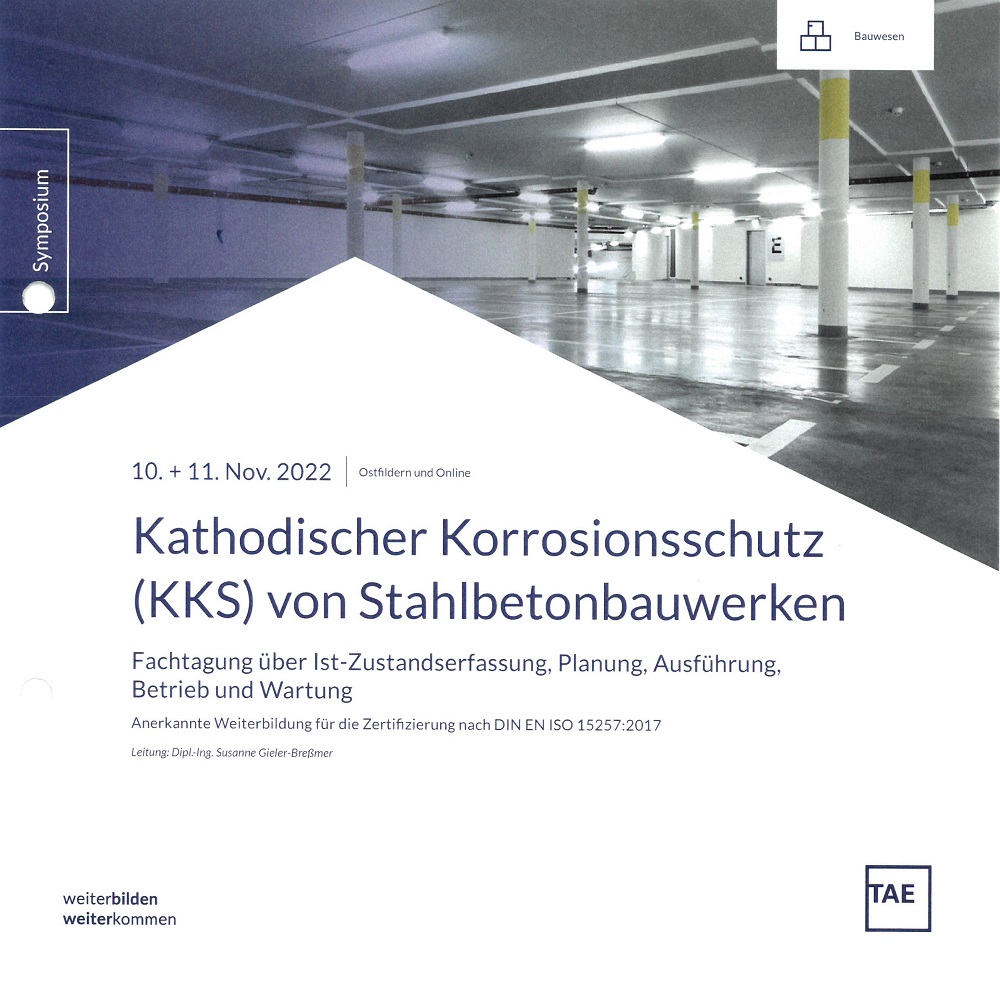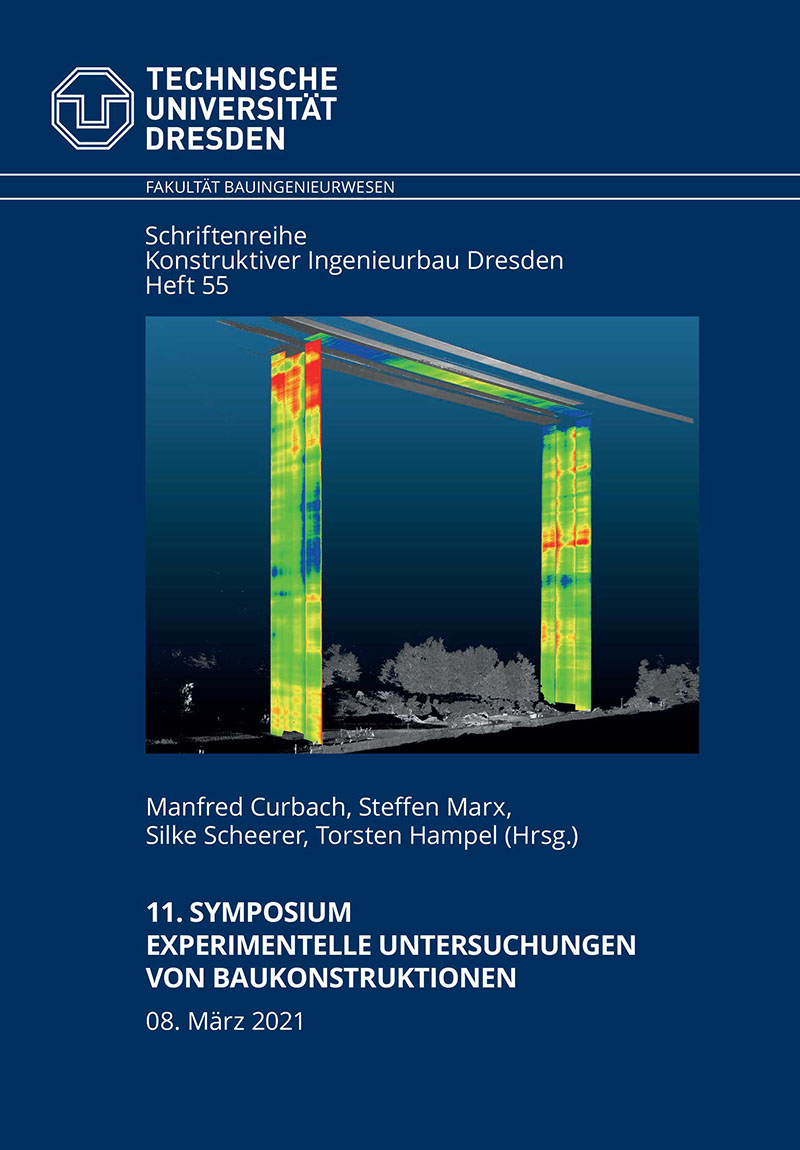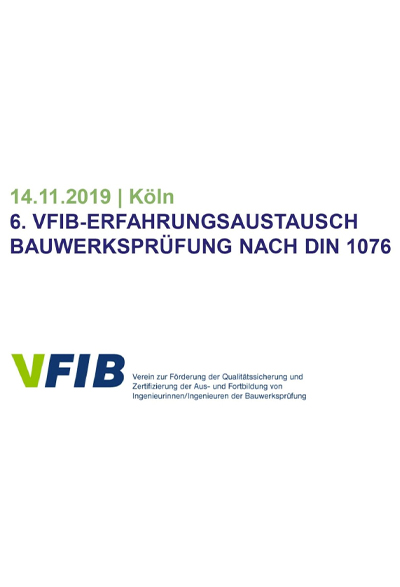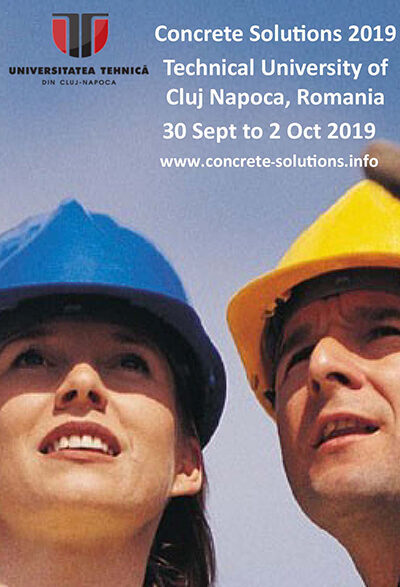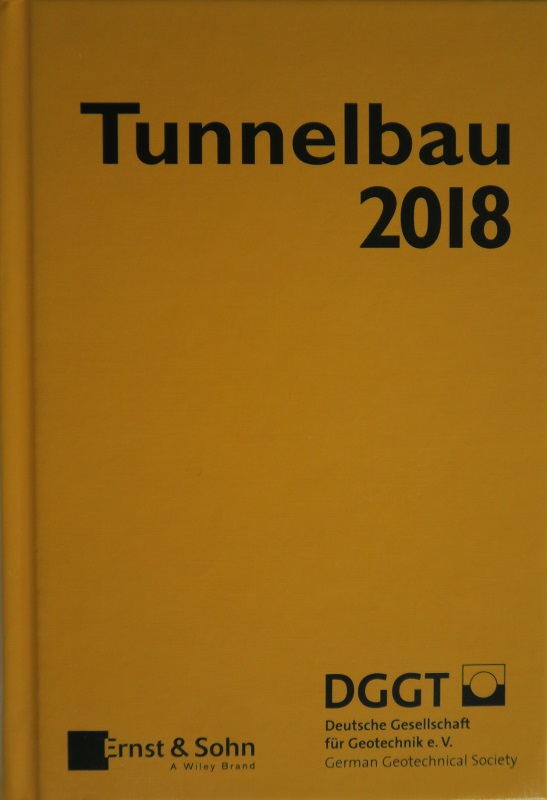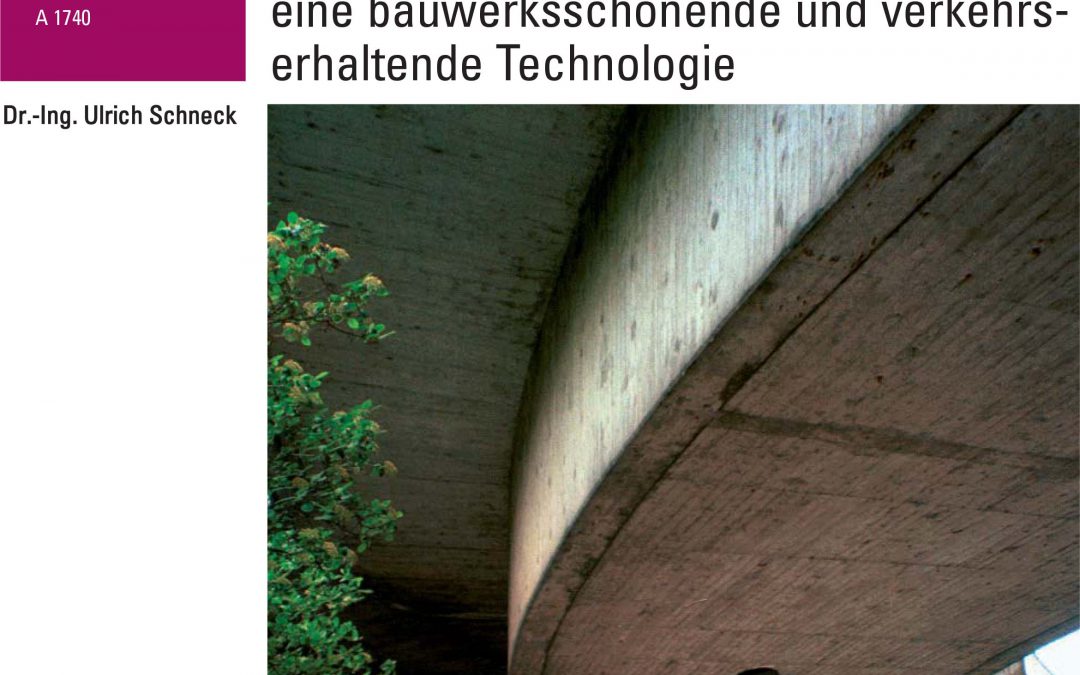CITec Concrete Improvement Technologies GmbH
Your partner for the performance-based diagnosis and the non-destructive rehabilitation of corrosion damage on reinforced concrete and pre-stressed structures
Our focus is on the reduction of effort and the enhancement of durability in the maintenance and repair of reinforced concrete structures – e.g. bridges, tunnels, car parks and industrial facilities. Our services are the performance based diagnosis and the repair design (and partly rehabilitation measures) on corrosion affected reinforced structures. We use preferably non-destructive electrochemical methods and combine them with conventional methods. Please read more on our website (or just call or email) about the advantages and background of our approach.
Our Services
Corrosion diagnosis
Electrochemical chloride extraction (ECE)
Cathodic protection
Publications and news
Symposium Kathodischer Korrosionsschutz von Stahlbetonbauwerken at the Technische Akademie Esslingen
In this conference we had a presentation about the Nutzung erweiterter elektrochemischer Meßmethoden zum Erfolgsnachweis beim elektrochemischen Chloridentzug (Use of enhanced electrochemical measurements for the performance verification after ECE – update from the 2019 presentation). We will send you the manuscript on request (in German).
11. Symposium Experimentelle Tragwerksuntersuchungen an der TU Dresden
In this conference we had a presentation about Ansätze zur objektspezifischen Ermittlung und Bewertung von KKS-Schutzkriterien (Approaches for the performance based evaluation of CP protection criteria). We will send you the manuscript on request (in German).
VFIB-Erfahrungsaustausch in Köln
We had an exhibition booth at the accompanying trade fair and were able to renew many contacts as well as get in touch with new partners.
7th International Conference on Concrete Solutions in Cluj Napoca, Romania
We were participating at this conference with 2 presentations: Insights from corrosion current measurements on corrosion mechanisms in reinforced concrete and on the evaluation of other corrosion data und Instant performance verification after electrochemical chloride extraction by enhanced corrosion testing. You can receive both manuscripts on request.
Projects of Tunnel Eching and Etterschlag (along German highway A96) published in the 2018 edition of “Taschenbuch Tunnelbau”
The 2018 edition of the „Taschenbuch Tunnelbau“ (ISBN 978-3-433-03217-6) contains a report about the large rehabilitation works and their design in the tunnels Eching and Etterschlag (along highway A96, close to Munich), where CITec contributed by corrosion diagnosis, electrochemical chloride extraction and cathodic protection.
Publication about Electrochemical Chloride Extraction in „Beton- und Stahlbetonbau“ 3/2009 and special edition
In issue 3/2009 of the „Beton- und Stahlbetonbau“ magazine we had a publication „Zerstörungsfreier elektrochemischer Chloridentzug an der Donaubrücke Pfaffenstein: Langzeiterfahrungen über eine bauwerksschonende und verkehrserhaltende Technologie“ (Non-destructive electrochemical chloride extraction in the Pfaffenstein bridge across the Danube: long-term experiences about a sensitive and beneficial technology). We will send you the special edition of the […]

